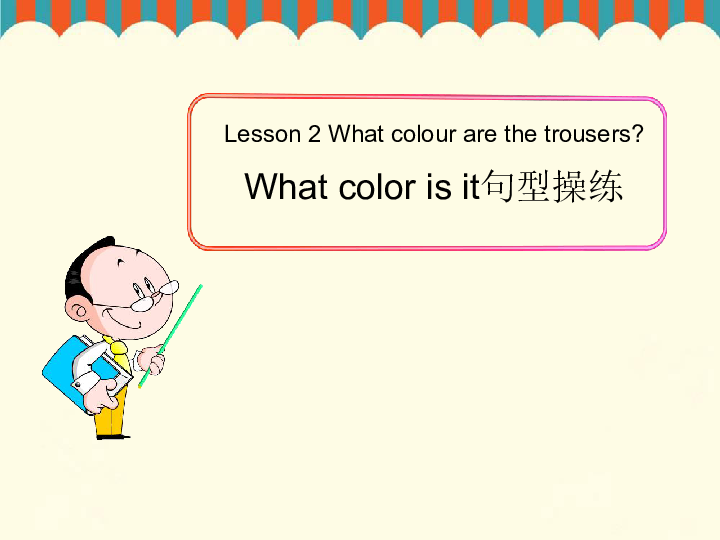"What Color Are Bugs Attracted To": A Comprehensive Guide to Bug Attraction and Repellent Strategies
Guide or Summary:IntroductionColor Preferences of Different Bug SpeciesUtilizing Color Preferences for Attraction and Repellent StrategiesIntroductionIn the……
Guide or Summary:
- Introduction
- Color Preferences of Different Bug Species
- Utilizing Color Preferences for Attraction and Repellent Strategies
Introduction
In the vast world of entomology, the question of what color bugs are attracted to is a fascinating topic. Understanding the color preferences of various insect species can help in both attracting beneficial insects and repelling harmful ones. This comprehensive guide delves into the intricacies of bug attraction and repellent strategies, offering insights into the colors that pique the interest of these tiny creatures.
Color Preferences of Different Bug Species
Bugs, like many living organisms, exhibit a range of color preferences based on their ecological needs and survival strategies. For instance, some insects are naturally drawn to bright colors, while others prefer subdued tones. Here's a closer look at the color preferences of various bug species:
- **Flower Visiting Insects**: Bees, butterflies, and hummingbirds are renowned for their attraction to bright, vibrant colors. These insects rely on visual cues to identify nectar-rich flowers, making hues like red, yellow, and blue particularly appealing.

- **Predatory Insects**: Certain predatory insects, such as ladybugs and praying mantises, exhibit a preference for darker colors. These insects use their keen eyesight to spot prey against a contrasting background, making greens, browns, and blacks particularly advantageous.
- **Scavengers**: Insects like blowflies and carrion beetles often gravitate towards dull, earthy tones. These scavengers use their sense of smell and sight to locate decaying organic matter, making colors like gray, brown, and black highly attractive.
Utilizing Color Preferences for Attraction and Repellent Strategies
Understanding the color preferences of bugs can be leveraged for both attracting beneficial insects and repelling harmful ones. Here are some practical applications of bug color preferences:

- **Gardening**: Gardeners can create a biodiverse habitat by planting flowers that attract beneficial insects like bees and ladybugs. By incorporating a range of bright colors, gardeners can encourage these pollinators and natural predators to visit and thrive.
- **Pest Control**: For homeowners and farmers facing pest problems, understanding bug color preferences can aid in developing effective repellent strategies. For instance, planting greenery or using dark-colored traps can help attract and trap harmful insects, reducing their population.
- **Outdoor Activities**: Individuals engaging in outdoor activities, such as camping or hiking, can benefit from understanding bug color preferences. By wearing subdued, earth-toned clothing, hikers can minimize their visibility to scavengers and predators, reducing the risk of insect bites.

The question of what color bugs are attracted to is not only intriguing but also practically useful. By understanding the color preferences of different insect species, we can develop effective strategies for attracting beneficial insects and repelling harmful ones. Whether in the garden, during outdoor activities, or in pest control efforts, leveraging bug color preferences can lead to a more harmonious coexistence with these fascinating creatures.